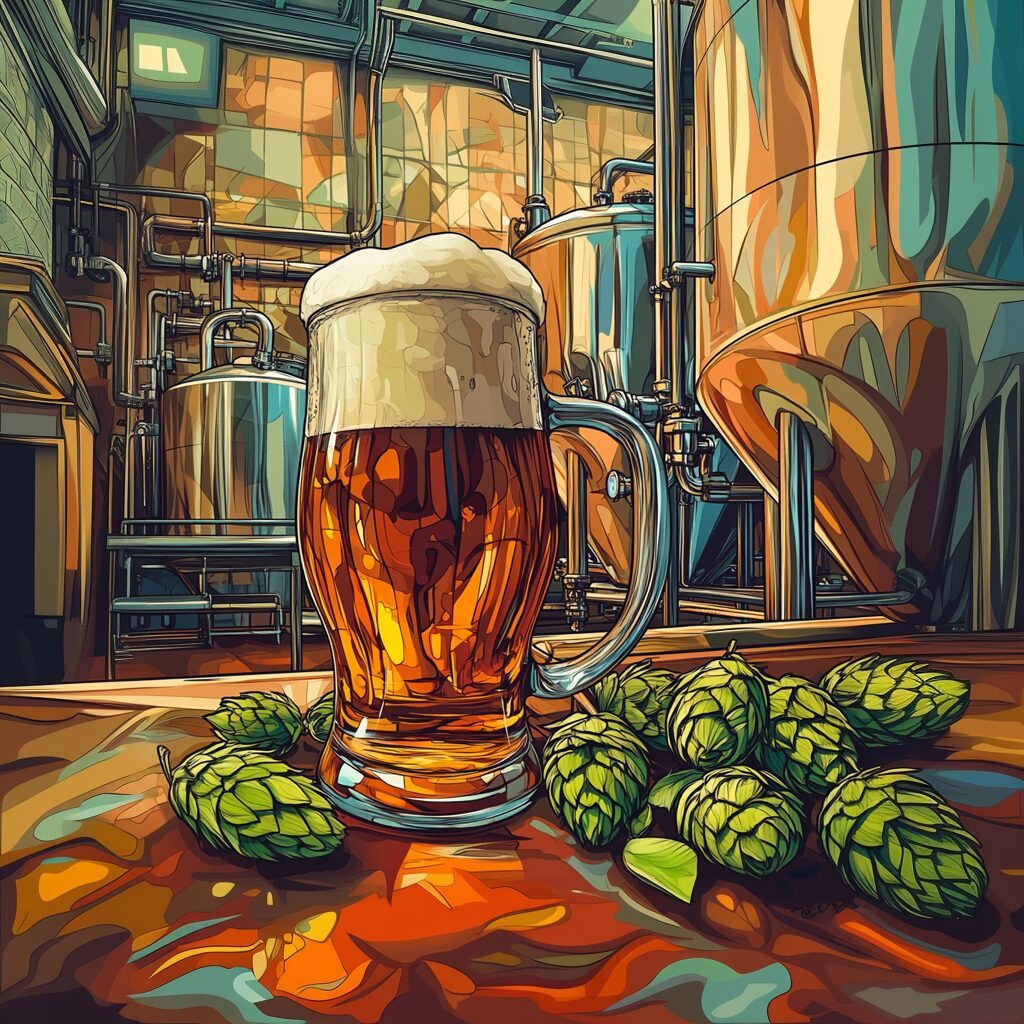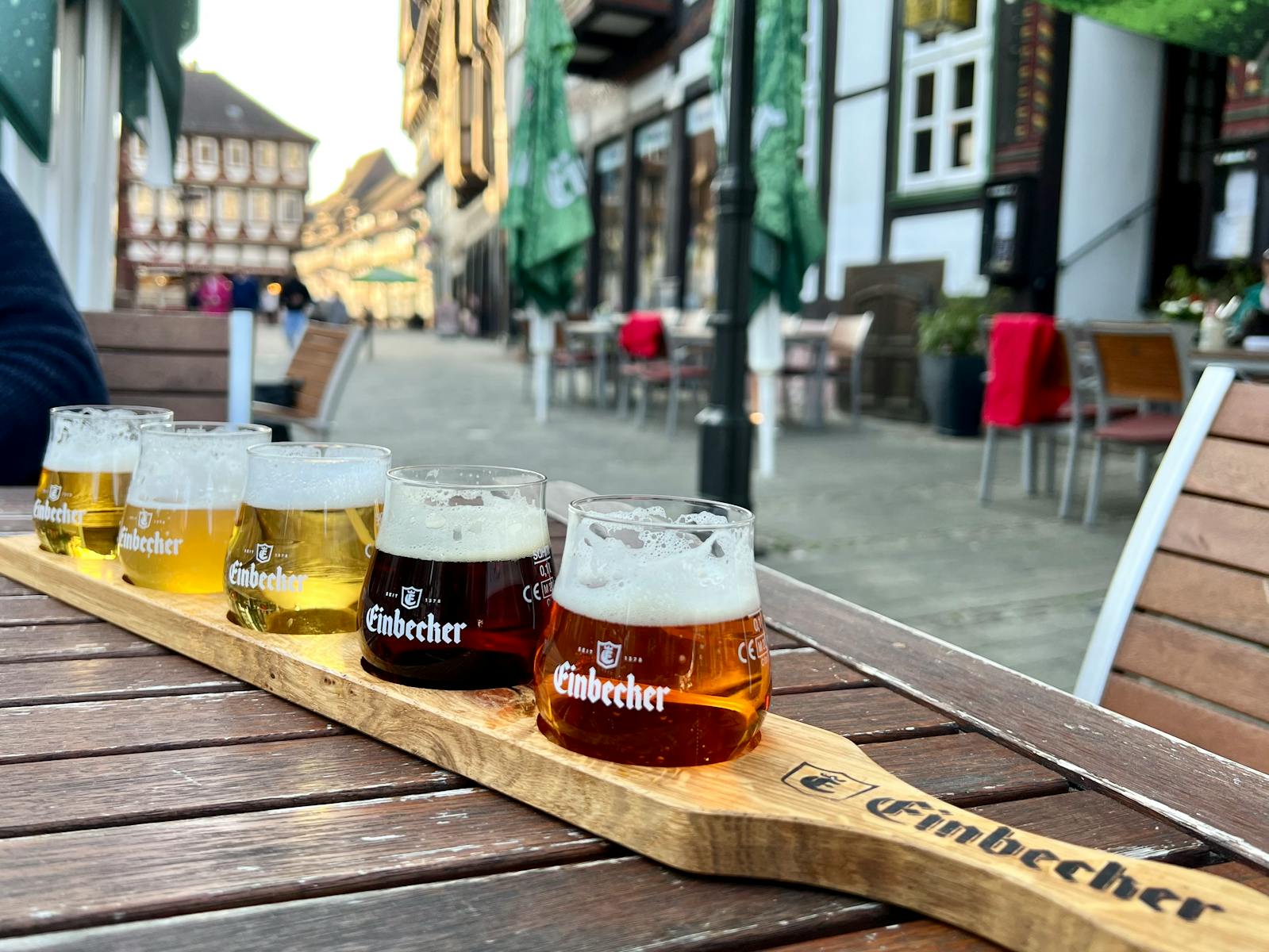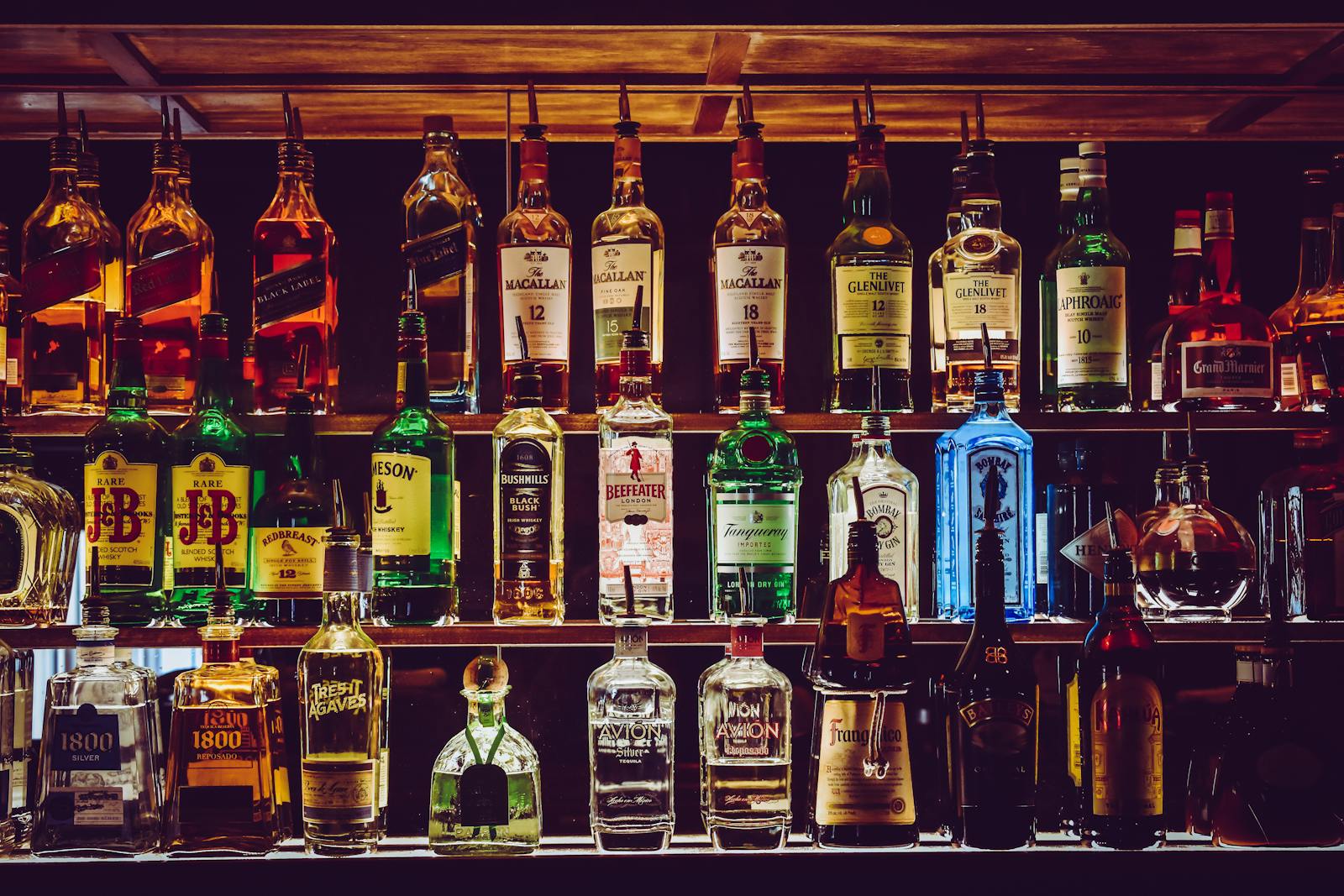Understanding Craft Beer
Craft beer’s on everyone’s lips these days, and trust me, it’s not just a fad. I love delving into the wild world of flavors and styles, discovering what makes craft beer shine against the regular commercial stuff.
Craft Beer Definition
Ever wondered what the big deal is about “craft”? The Brewers Association says an American craft brewer cooks up no more than six million barrels of beer a year. That’s a tiny drop in the ocean of all U.S. beer, only about 3 percent!
For a beer to wear the craft badge, these brewers need to stick to some ground rules:
- They gotta be their own boss, which means no more than a quarter of the brewery can be in the hands of a major beer bigwig.
- The word ‘craft’ brewed its way into our hearts back in 1984 when the Brewers Association dropped it in New Brewer magazine.
Here’s a handy table breaking down what craft beer’s all about:
| Criteria | Requirement |
|---|---|
| Annual Production | 6 million barrels or less |
| Ownership | Less than 25% owned by beer giants |
| Certification | Certified brewer in the house |
Qualities of Craft Breweries
Craft breweries are the cool cats of the beer world, serving up unique, lip-smacking beers. They put love into every bottle, always choosing artistry over assembly lines. This lets them get all creative and cook up some truly special beers.
Cool things about craft breweries:
- The cap’s at six million barrels a year, no sneaky add-ons.
- Their brewers are certified pros who know their hops from their malts.
- They’re run by the folks who brew ’em; no outsider controlling more than 25%.
Craft brewers are all about the love of brewing. They see it as an art, not just a buck-maker, and that passion brews (pun intended) some of the tastiest, most unique beers you’ll ever find. Want more on spotting craft beer? Check this out: how do you know if a beer is a craft beer?.
Exploring Alcohol Content
Let’s chat about how much alcohol is in craft beer. Whether you’re just sipping casually or a die-hard beer fan, here’s the lowdown on the different boozy percentages you’ll find around the world.
Factors Influencing ABV
How much alcohol sneaks into your craft beer? Well, that depends on a few things:
-
Ingredients: What you throw in the brew—malt, hops, or yeast—can change the alcohol game. More sugar from malt? That means more oomph in your beer.
-
Brewing Process: Time and temperature can mess with your beer’s buzz. Let it brew longer, and you might end up with something stout, as more sugars turn into alcohol magic.
-
Beer Style: Some beer styles are just built stronger. Those double IPAs and imperial stouts can pack a serious punch, sometimes over 15% alcohol. But the lighter beers? They’re often chill with lower buzz levels. Most craft beers settle in around 6% to 10% alcohol (Medical News Today).
Here’s a handy chart if you’re curious about what different beers typically throw down:
| Beer Style | Average ABV (%) |
|---|---|
| Light Lager | 3 – 4 |
| Conventional Lager | 4 – 5 |
| Ale | 4.5 – 6.5 |
| IPA | 5 – 7 |
| Double IPA | 7.5 – 10 |
| Imperial Stout | 8 – 15 |
Diverse ABV Across Countries
Alcohol content in beers? Totally different ballgame depending on where you’re at. U.S. craft beers usually lean towards a higher ABV, but over in China, you might find beers chilling around the 3% mark. In some parts of Africa, some beers are mellow enough to hit about 1% (Medical News Today).
Fun fact: The French, Spanish, and Brits sometimes label their booze content as degrees Gay-Lussac. And in Belgium or Norway, they even have specialized tables for figuring out alcohol taxes (Wikipedia).
All these different factors that shape the booze levels in beers make sipping craft beers an art. You start to appreciate what you’re drinking more. Plus, you can pick your beer wisely based on taste and occasion. Got more questions about craft beers? Dive into our deep dive on what is considered a craft beer?.
Affiliate Disclosure: This post may contain affiliate links. If you click and purchase through one of these links, we may receive a small commission at no extra cost to you. Thank you for your support!




